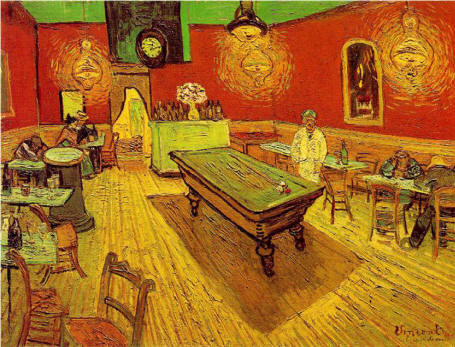Notions of color and optical theories characterized the Impressionism Movement. A few years later, several artists developed a unique style for expressing their values and emotions. These artists used simplified forms and definitive colors. The painters portrayed new abstract tendencies and aesthetic senses. They also used diverse styles in search of artistic achievement and glory. Roger Fry coined the term “Post-Impressionism” to describe this new movement. The artists behind the new movement rejected the notions and styles embraced by their predecessors. The post-impressionists promoted new styles of art.
The title of Sigmund Freud’s book “Civilization and Its Discontents” presents one of the best dichotomies for analyzing and discussion the Post-Impressionism Movement. The title explains how civilization presented numerous challenges. However, the new breed of artists wanted to present something new to their viewers. They were unhappy with the styles embraced by the impressionists. That being the case, every postimpressionist produced better paintings. One of these artists was Paul Cezanne. Paul produced the painting “Still-Life with Apples”. The artist was interested in every formula value such as perspective and color. He was free to experiment with different values and elements of art. He painted this artwork in an attempt to understand the fundamentals of art. This was a major breakthrough because many painters were free to create their artworks.


Many people had become free in different parts of Europe. Van Gogh managed to complete several painting before the end of the 19th century. Most of these paintings exemplified his proto-expressionist technique. Van Gogh portrayed his artistic independence in the works. The painting “Night Cafe” shows how the artist was happy to produce something spectacular. The painter did not follow any strict rules of art to produce the work. The artist used this masterpiece to portray his artistic independence and ability to use different colors. This fact explains why Van Gogh is one of the greatest postimpressionists.

Paul Gauguin was also a great painter. The postimpressionist was against the use of imagery. Many impressionists embraced this practice. The artist decided to produce new works of art using different colors. He also used solid color patches and solid forms to produce his artworks. The approach made it easier for the painter to depict images of religious or secular symbolism. The artist also portrayed exotic themes in most of his works. A good example is the painting “Vision of The Sermon”. The painting deviated from the aspects and themes of the Impressionism Movement. The painting also embraces the use of definite forms and solid colors. This new practice was facilitated human civilization.

Georges Seurat was the first artist to reinvent the use of pigment and color in different paintings. He also updated most the subjects embraced by many Impressionists. The painter’s artworks also embraced the use of artificial light. This deviated from the ideas and concepts adopted by many Impressionists. The painting “Sunday on the Isle of La Grande Jatte” presents a spectacular landscape. The artwork depicts many people who are enjoying themselves. The painting also explains how Seurat used different pigments and colors to produce the masterpiece. This work by Georges Seurat explains why the new movement was a critical aspect of human civilization.